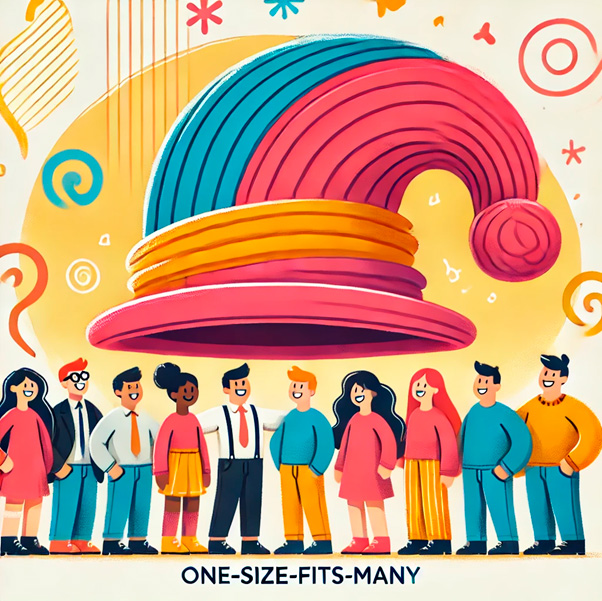
What is Horizontal SaaS?
Horizontal SaaS refers to software that can be used by any business, regardless of industry. Think of it as the “one-size-fits-many” approach to software.
Key characteristics:
- Industry-agnostic solutions
- Broad market appeal
- General business functions
- Wide user base
- Standardized features
👆 By the way, an interesting fact: The term “horizontal” in business comes from the idea that these solutions cut across all industry verticals, like a horizontal line crossing multiple vertical lines.
Why does Horizontal SaaS matter?
Market Opportunity 📈
- Larger total addressable market
- More potential customers
- Easier scaling potential
- Diverse revenue streams
Business Benefits 💰
- Lower customer acquisition costs
- More efficient development
- Easier standardization
- Better economies of scale
User Advantages 🌟
- Usually more affordable
- Proven solutions
- Regular updates
- Extensive integrations
Examples of Horizontal SaaS
Communication Tools
- Slack
- Used across all industries
- Universal communication needs
- Standard features for everyone
Project Management
- Trello
- Works for any team
- Flexible workflow management
- Industry-neutral approach
Financial Software
- QuickBooks
- Universal accounting needs
- Standard financial processes
- Cross-industry application
Horizontal SaaS vs Vertical SaaS
They’re different approaches to solving business problems.
Horizontal SaaS
- Serves all industries
- Broader feature set
- More flexible use cases
- Generally lower price point
- Faster market entry
- Example: Google Workspace
Vertical SaaS
- Industry-specific
- Specialized features
- Tailored solutions
- Usually higher price point
- Deeper industry knowledge
- Example: Epic Systems (Healthcare)
Leave a Reply